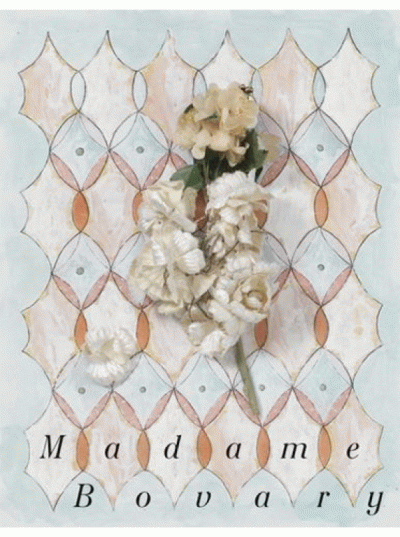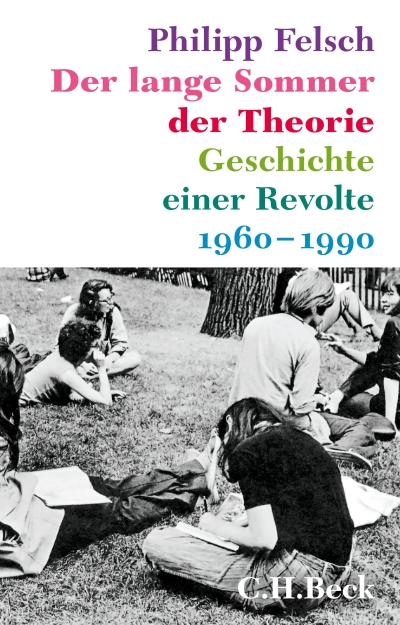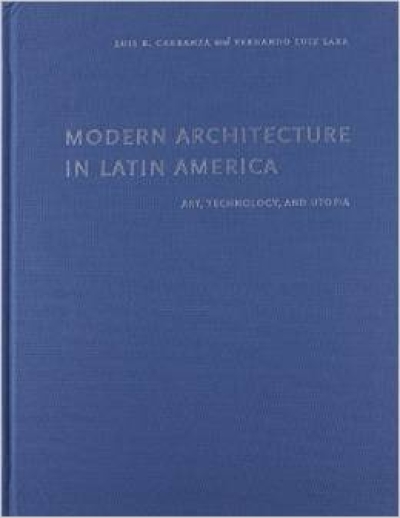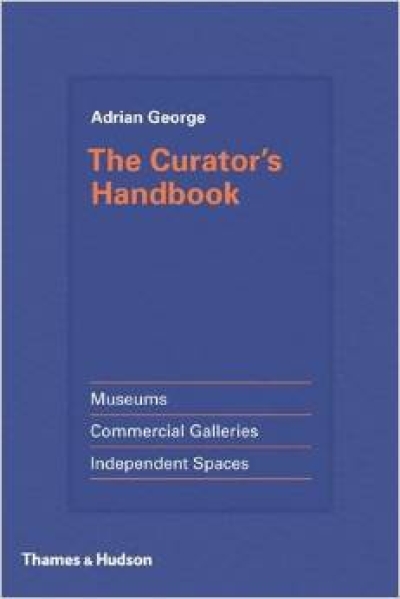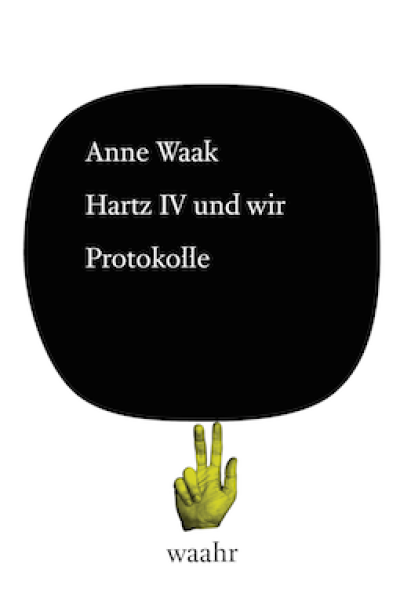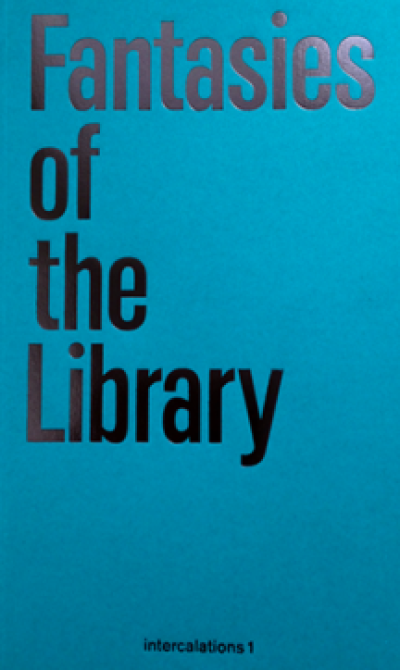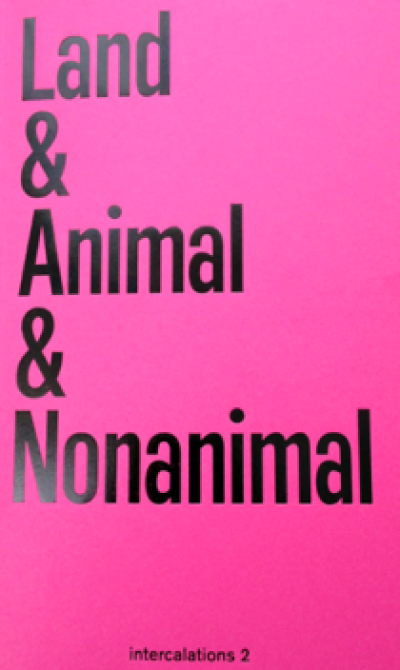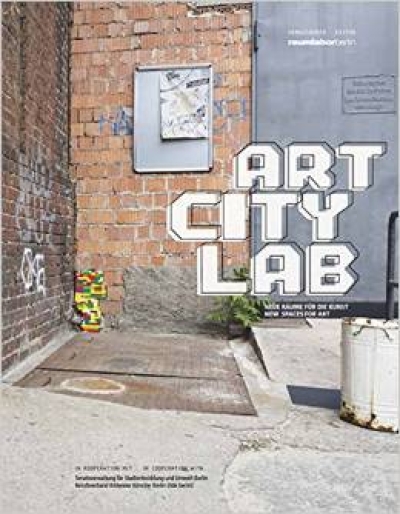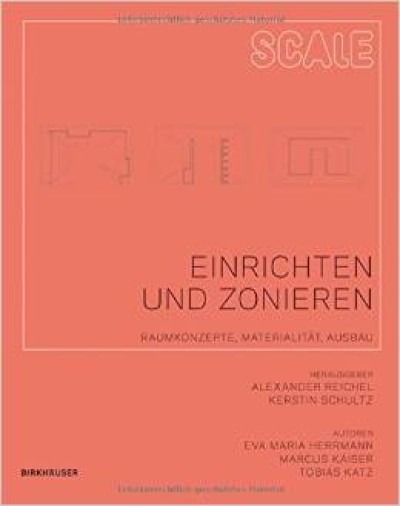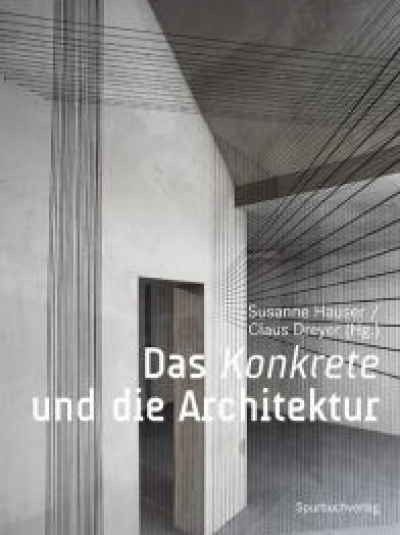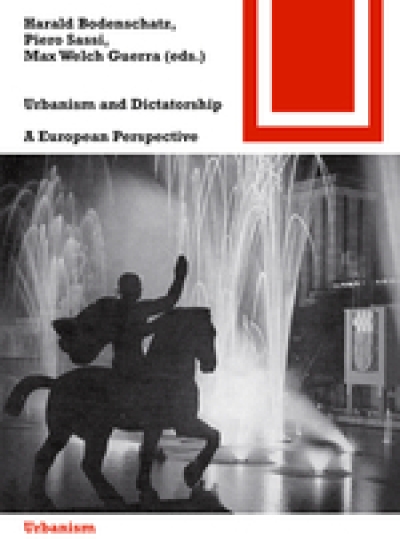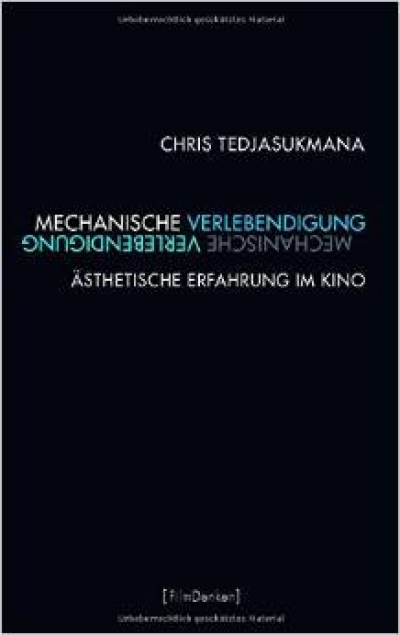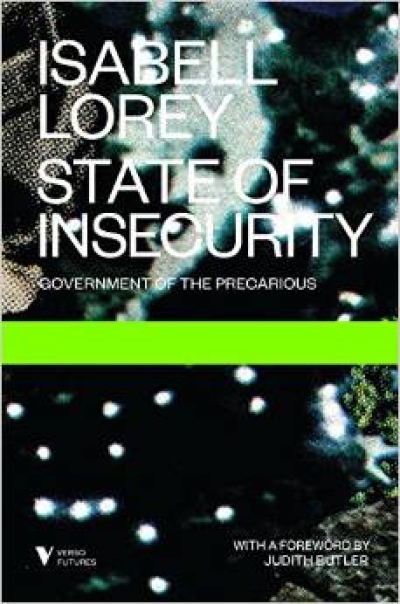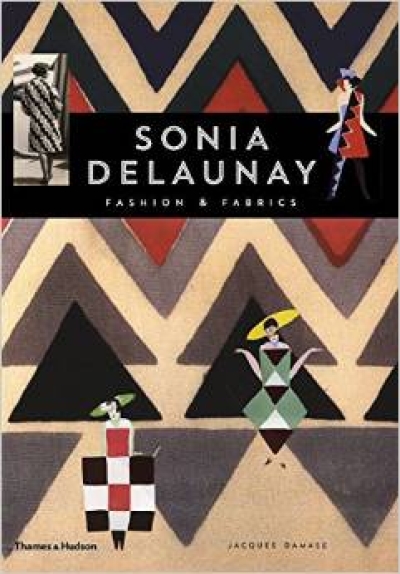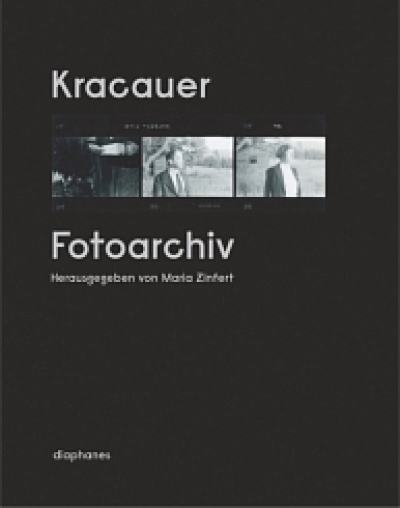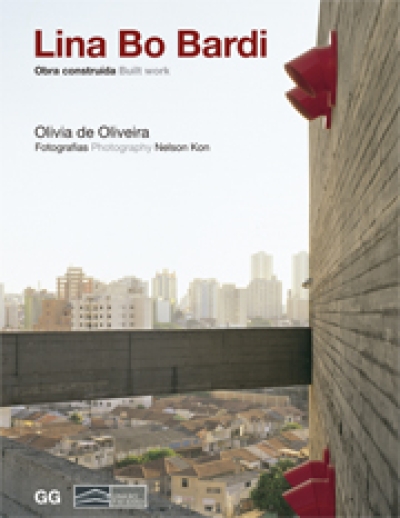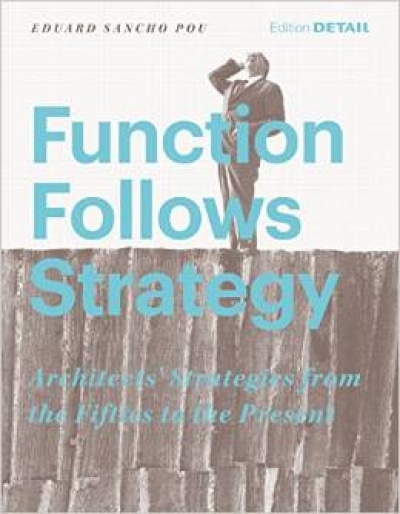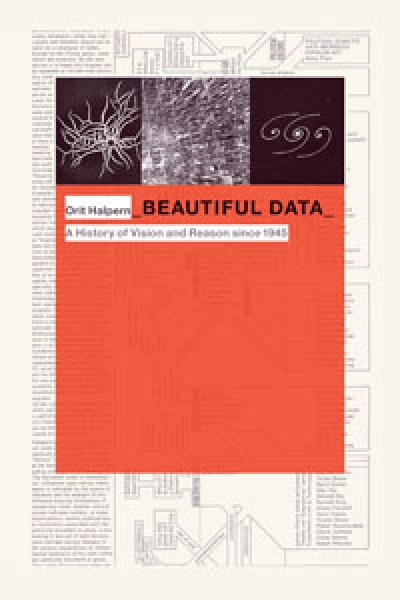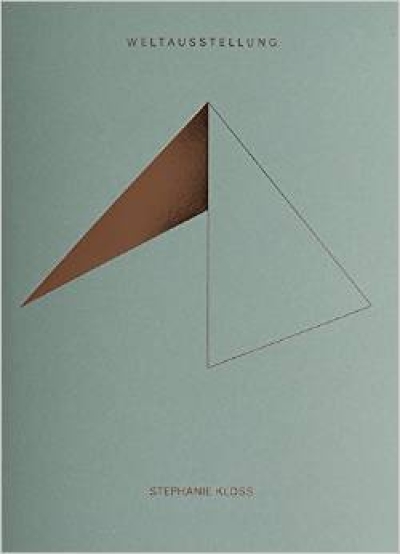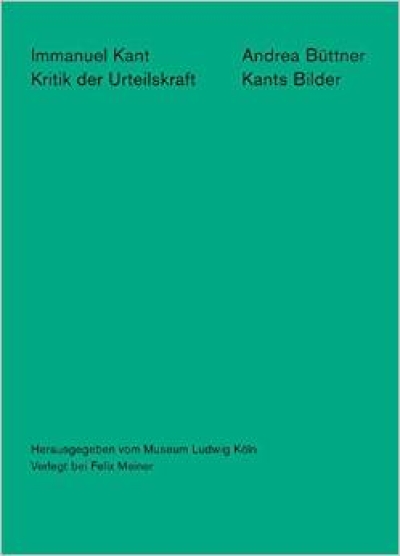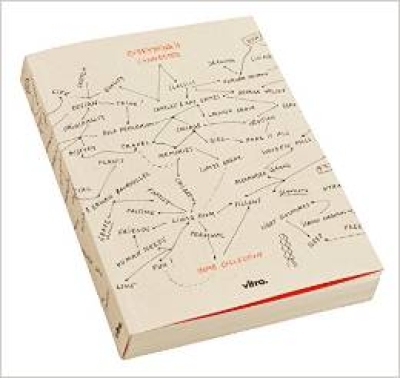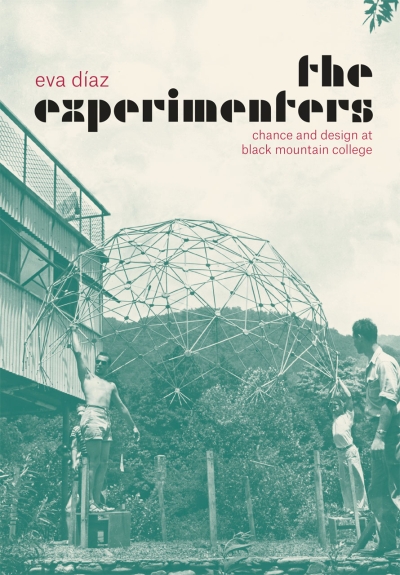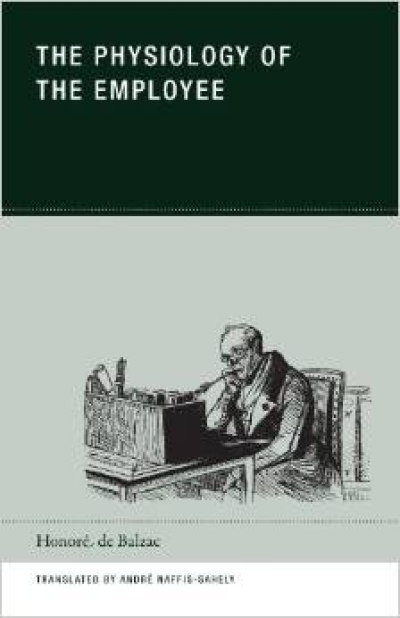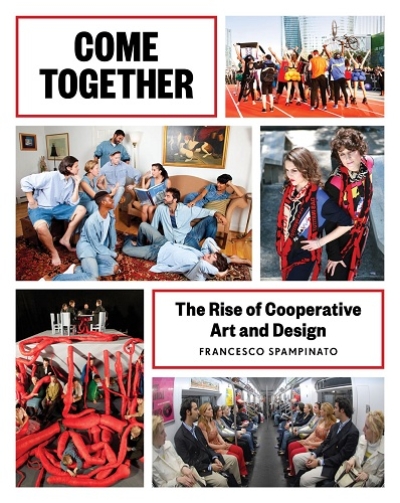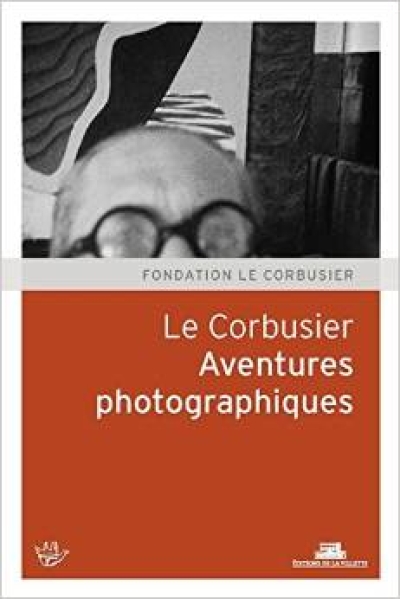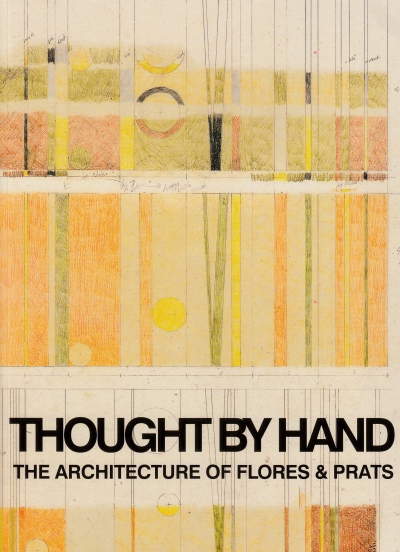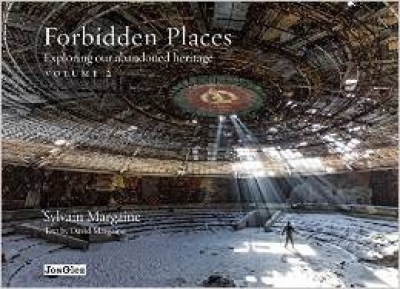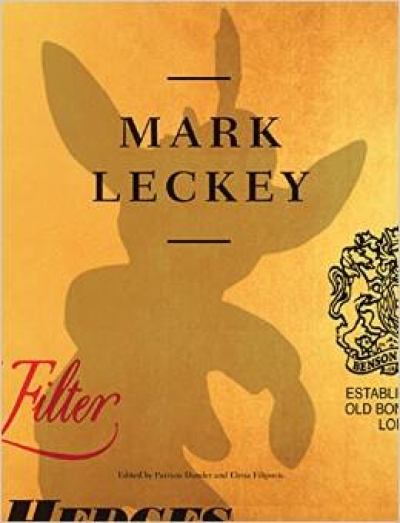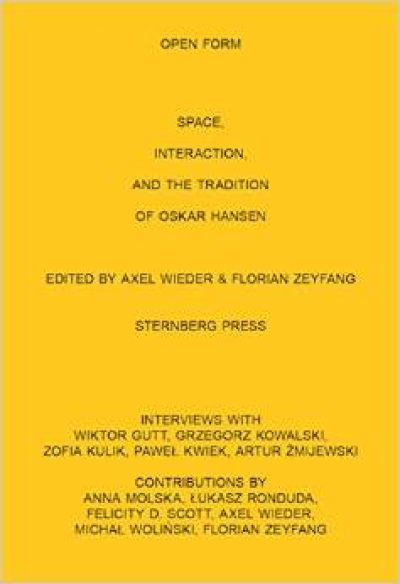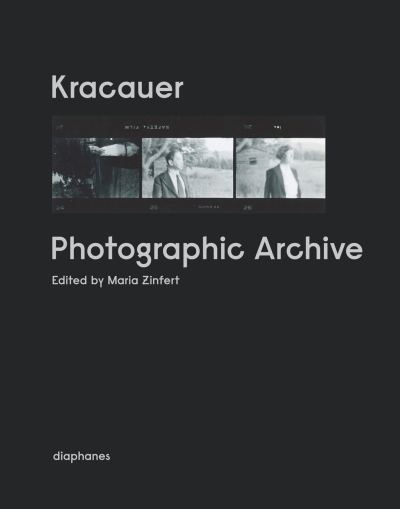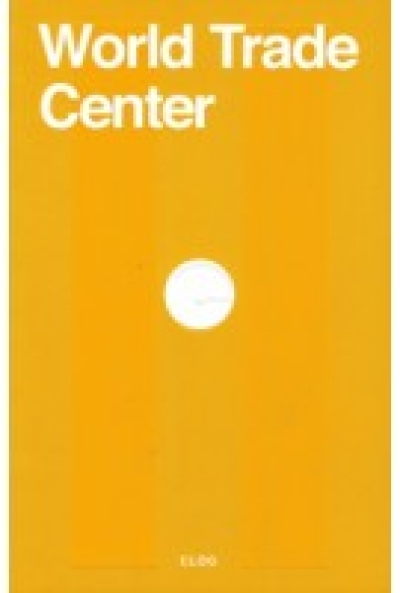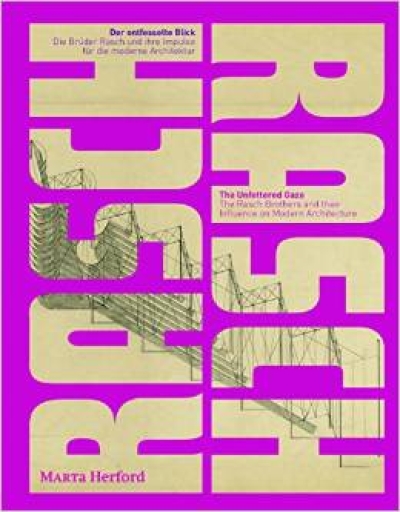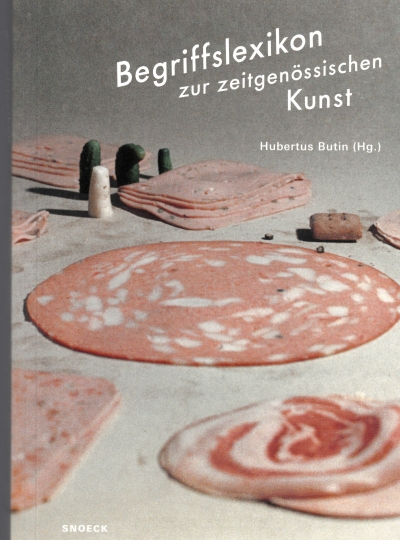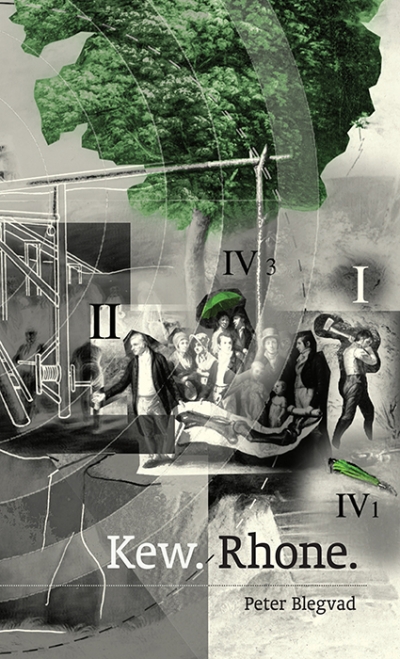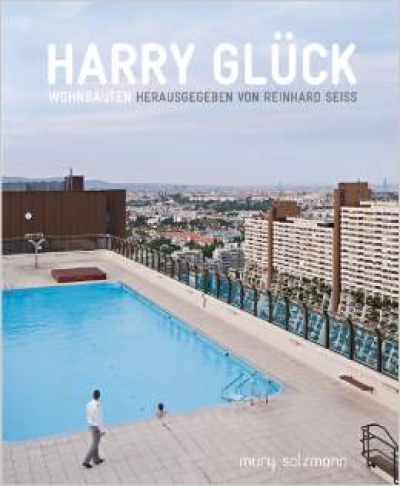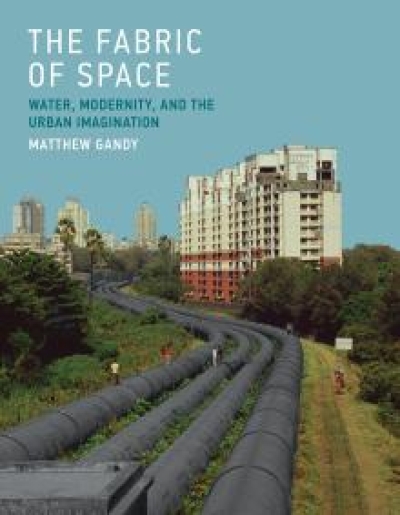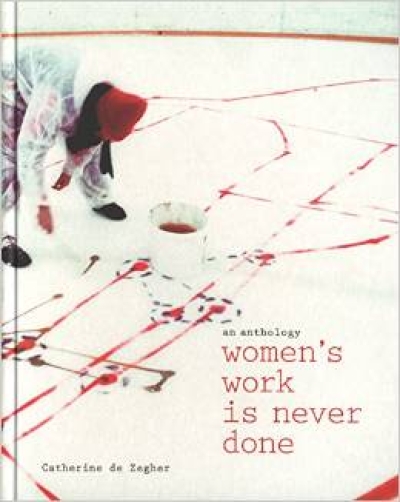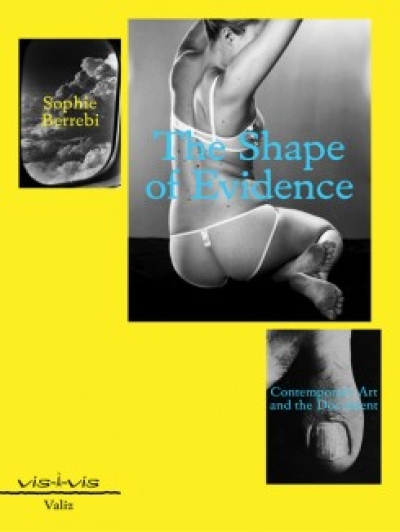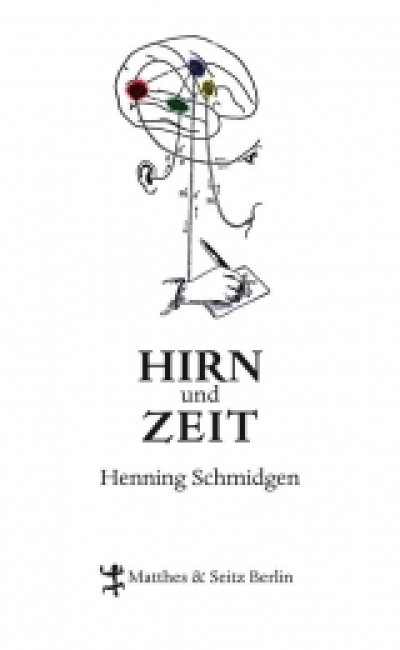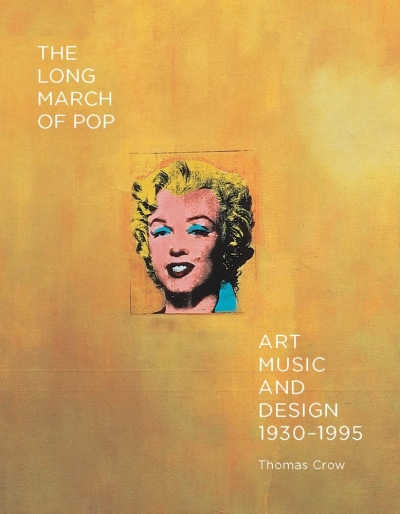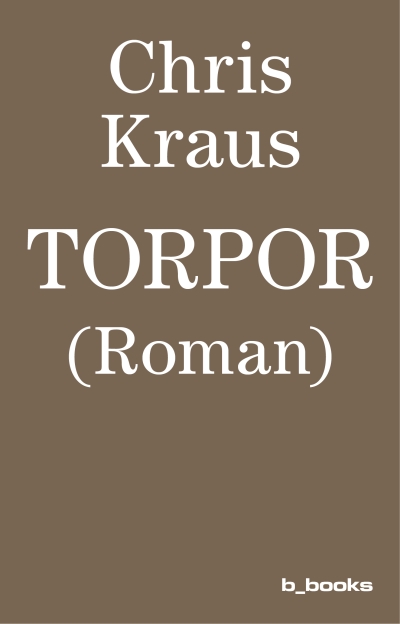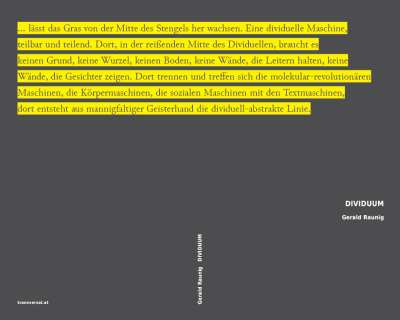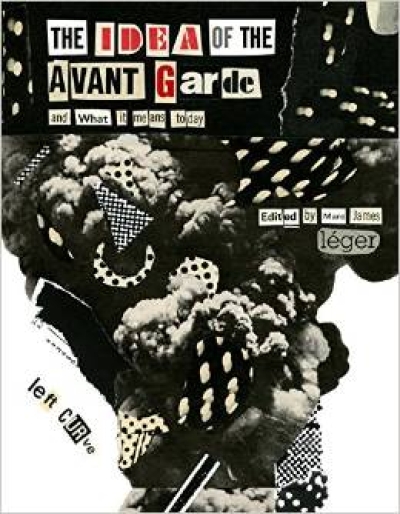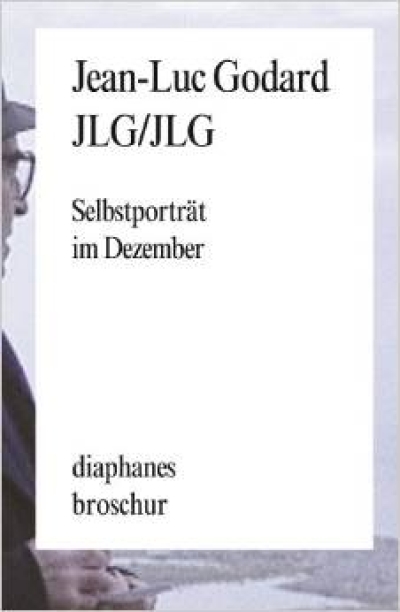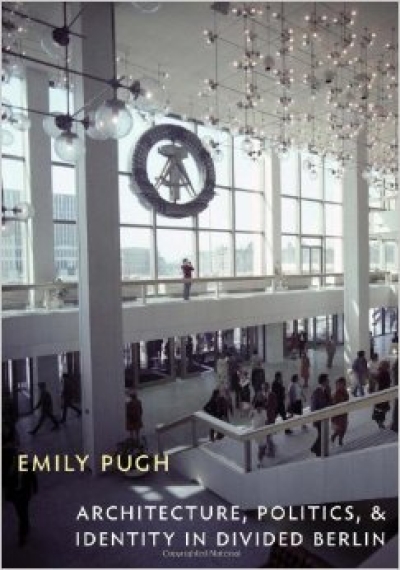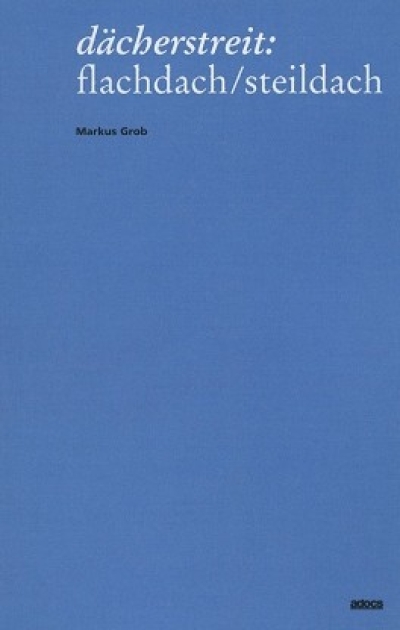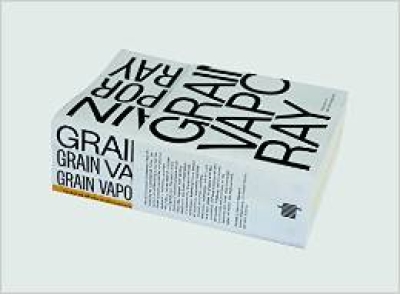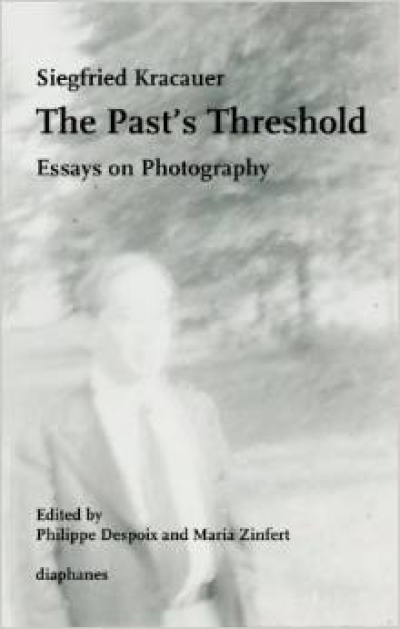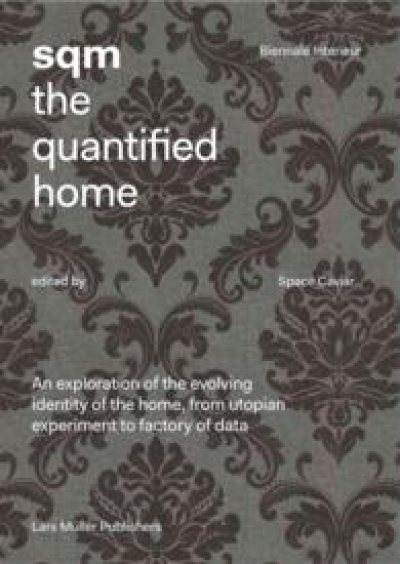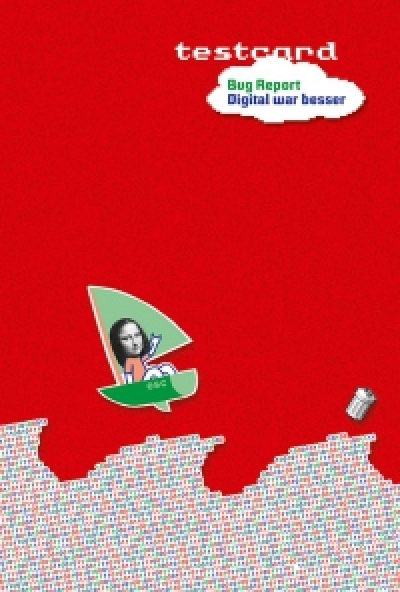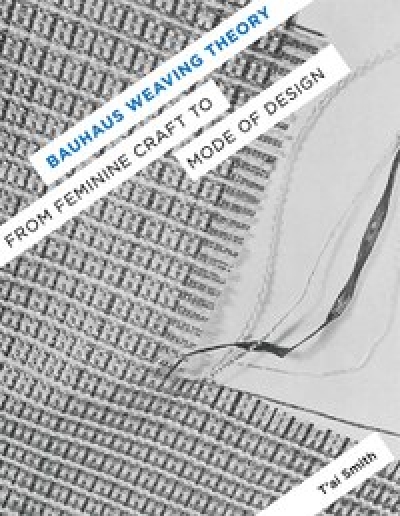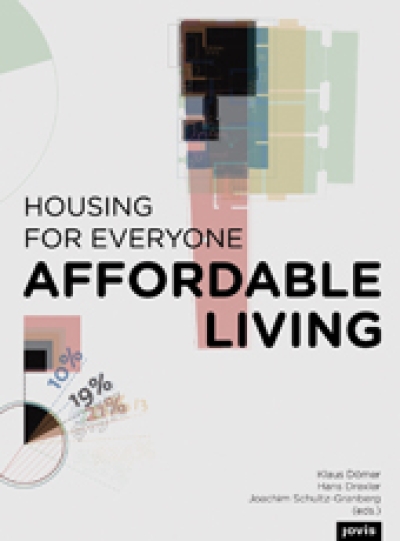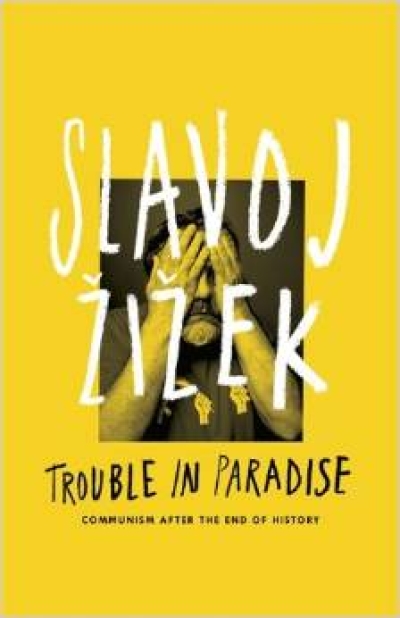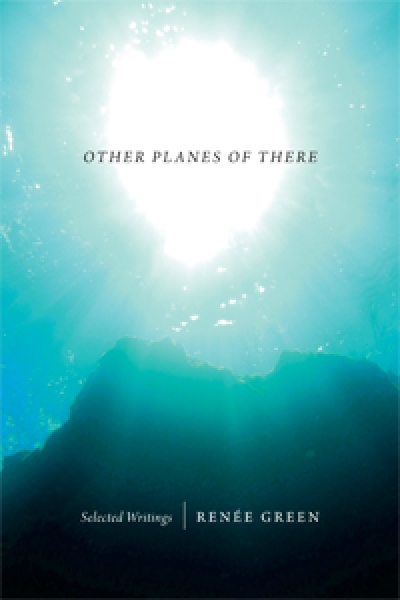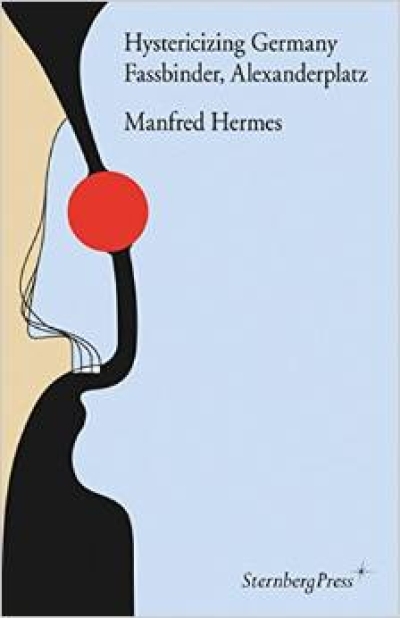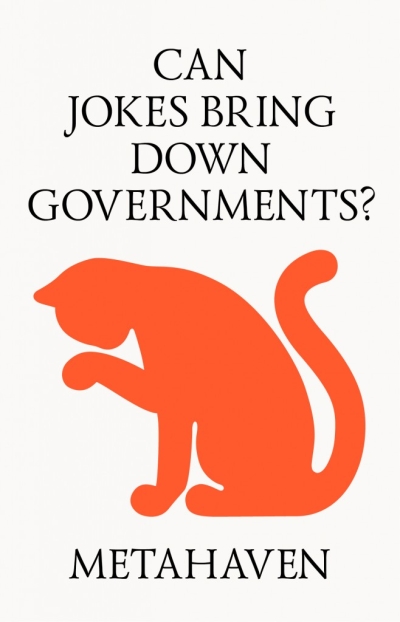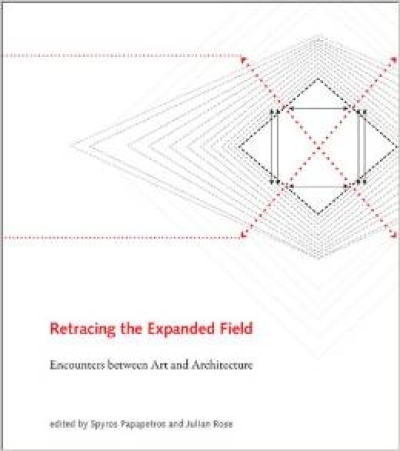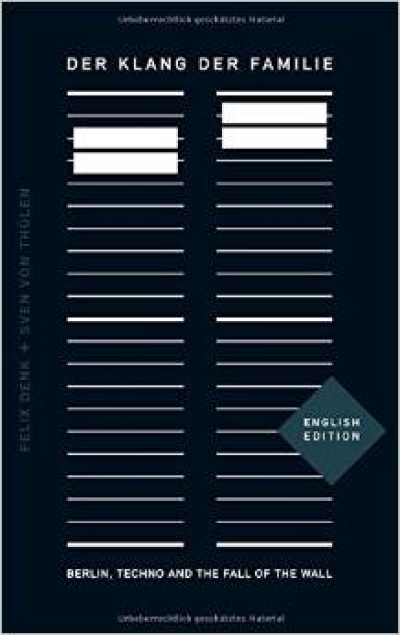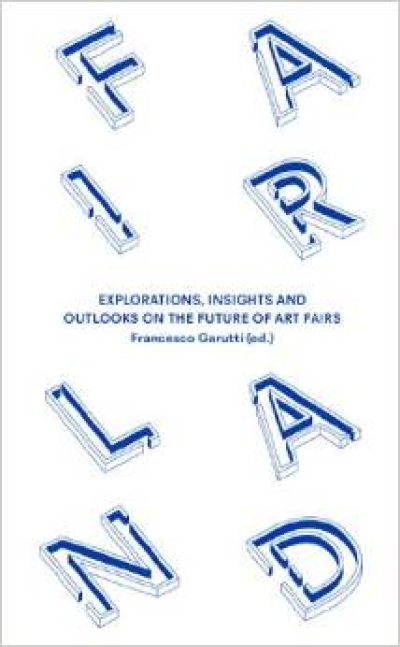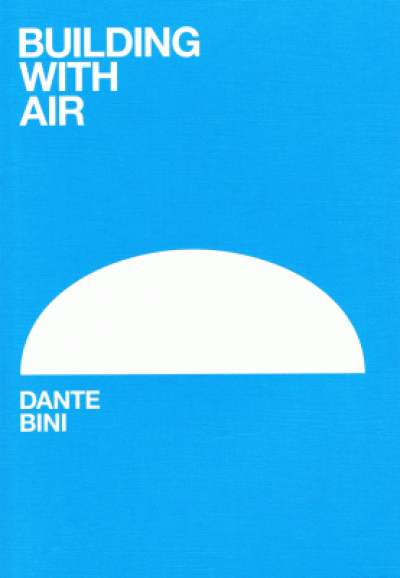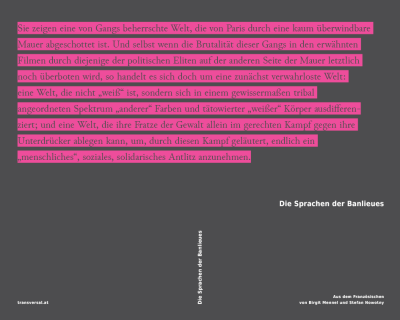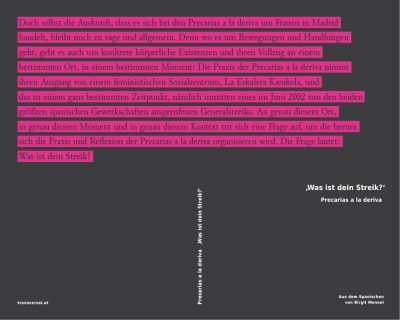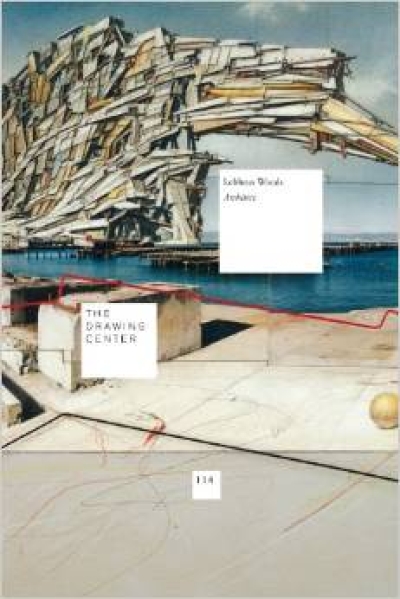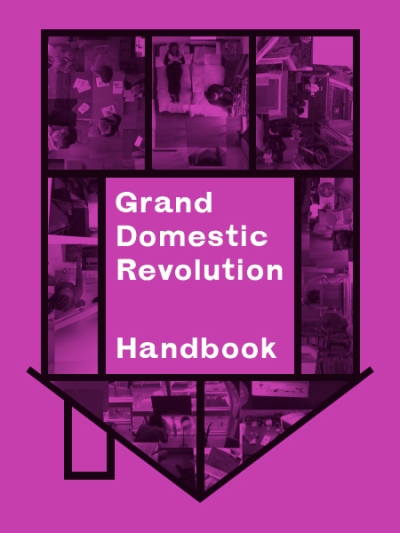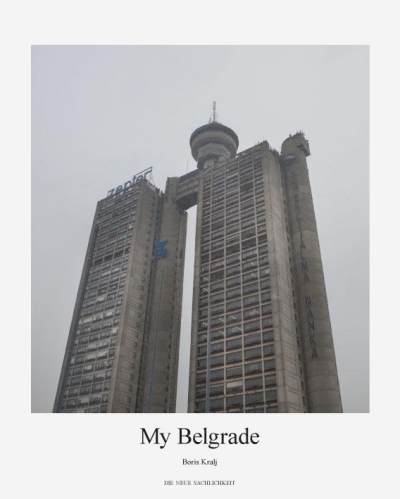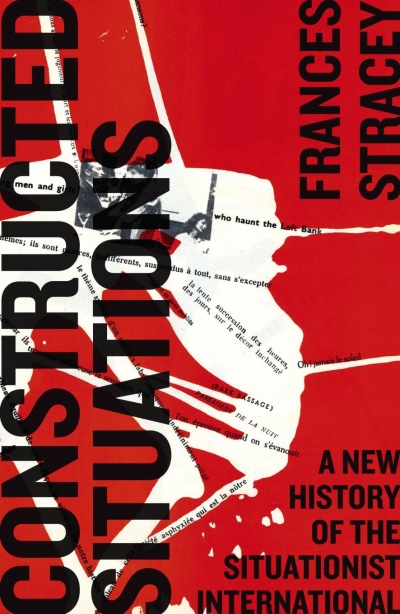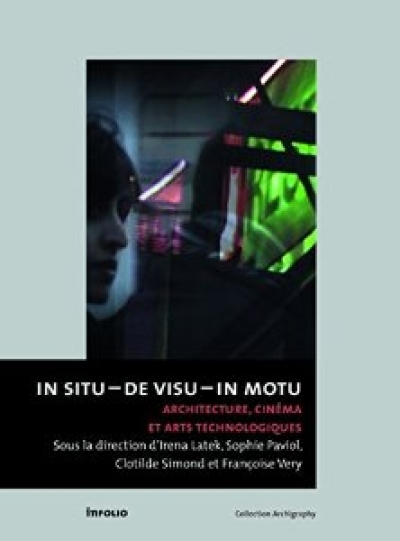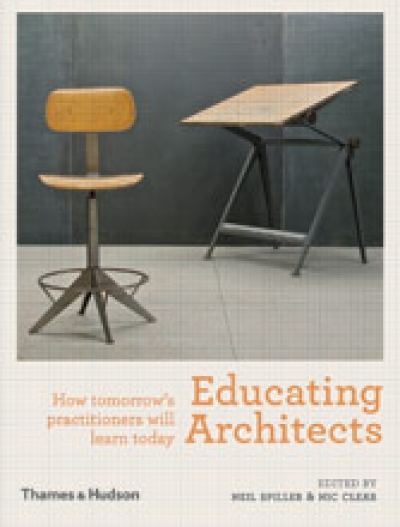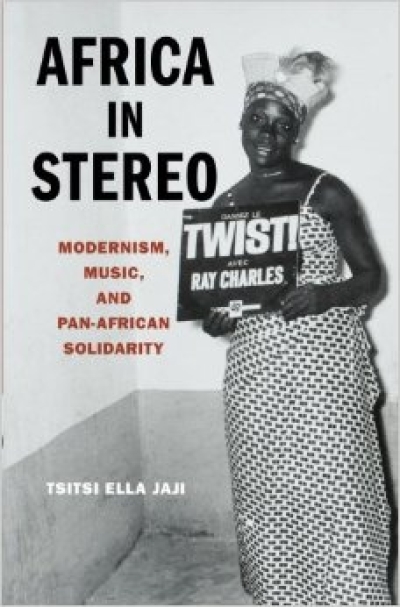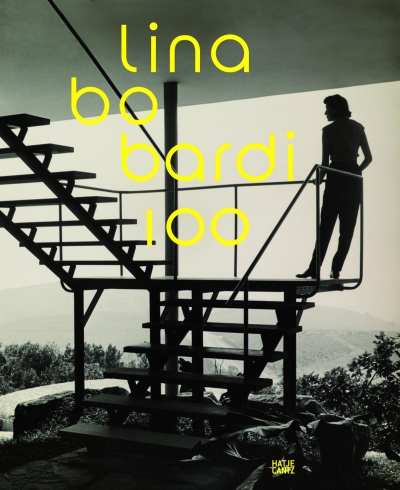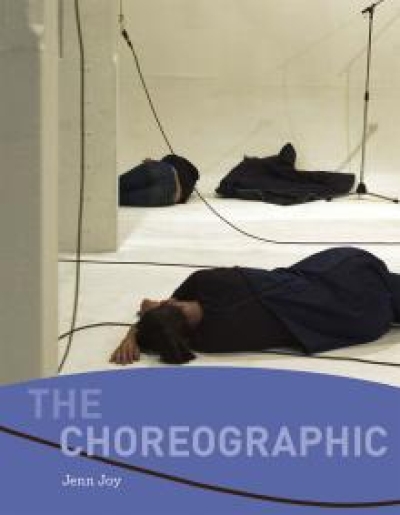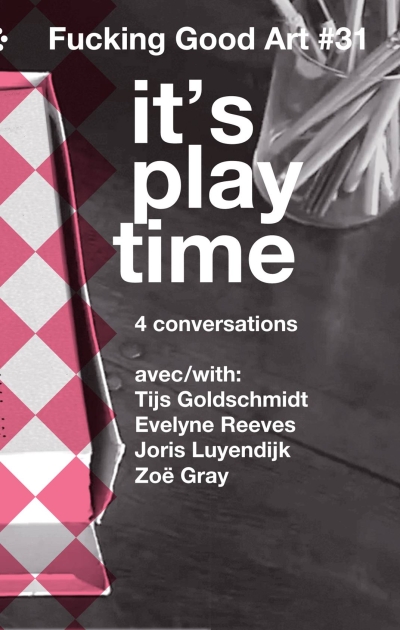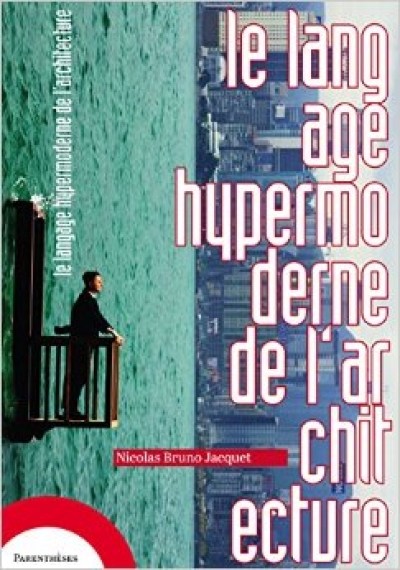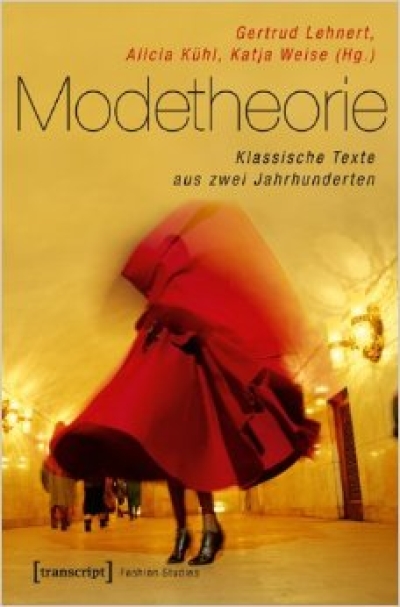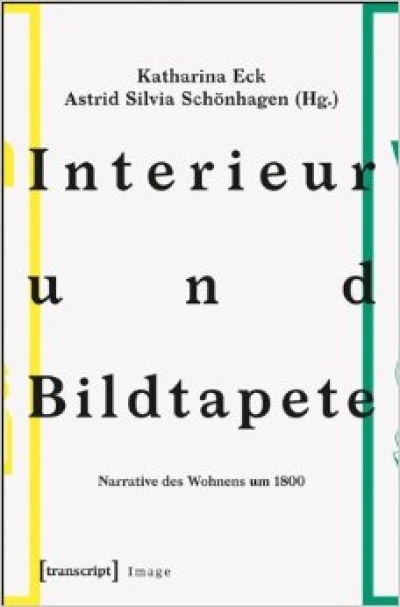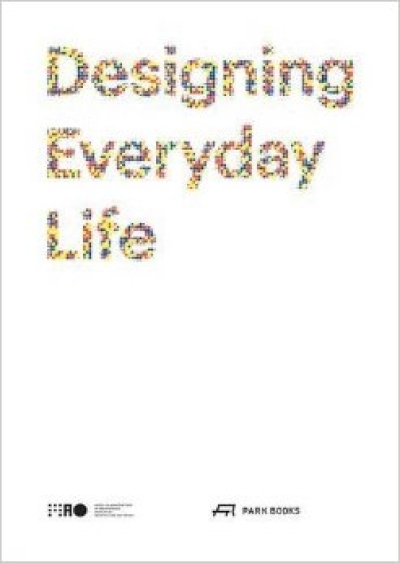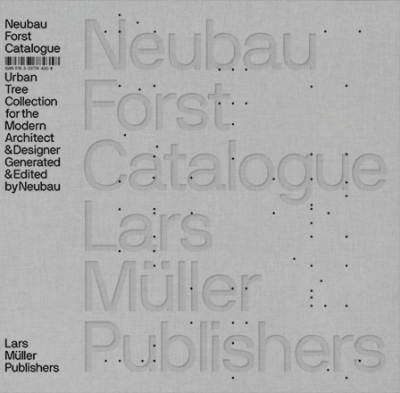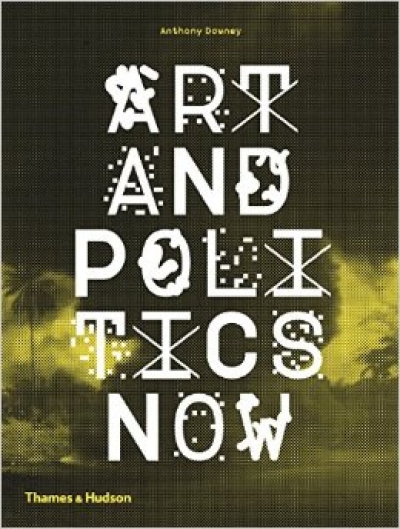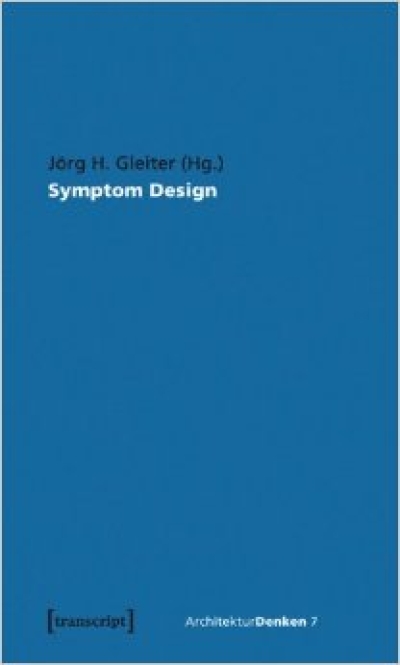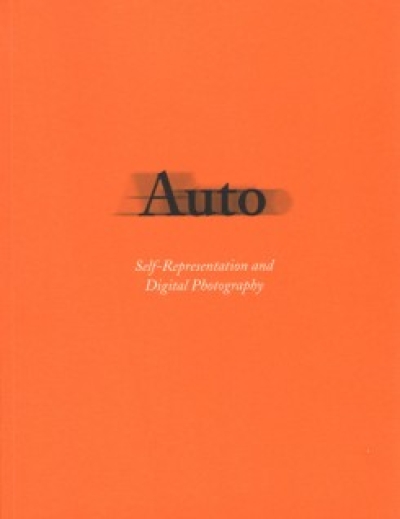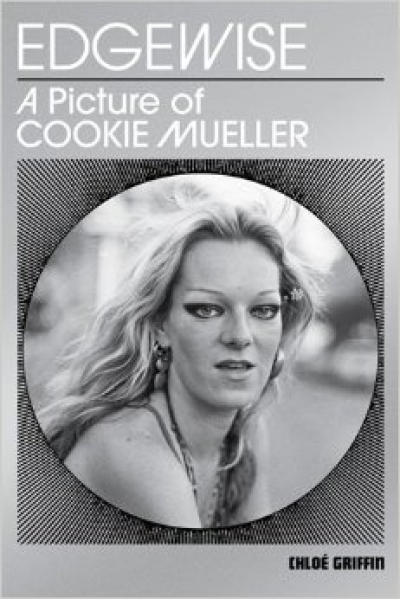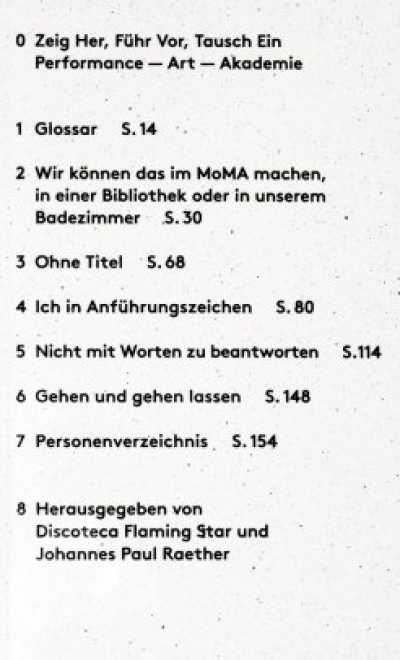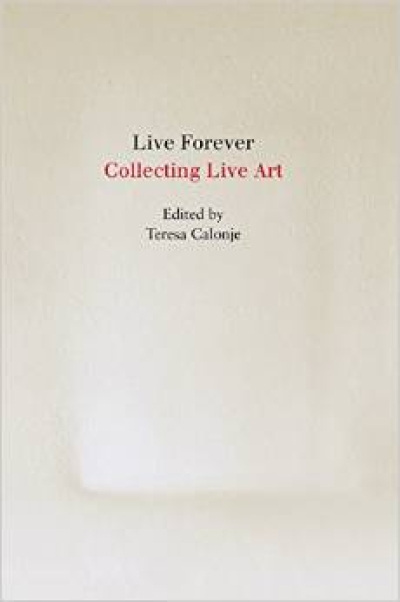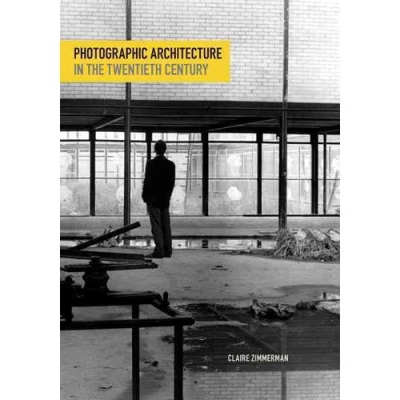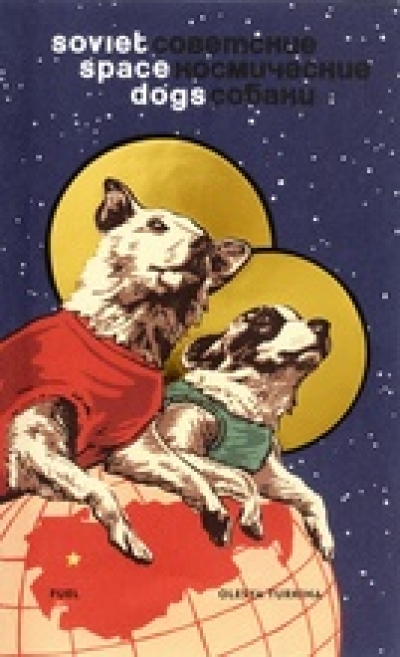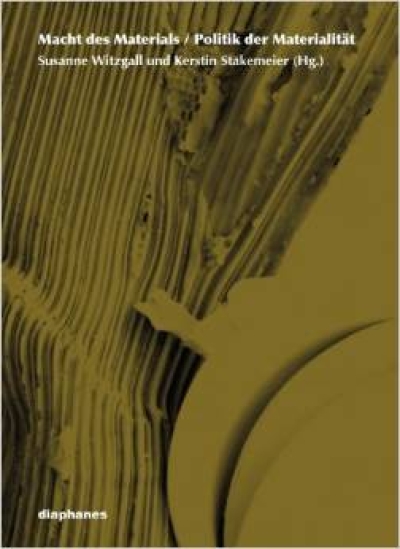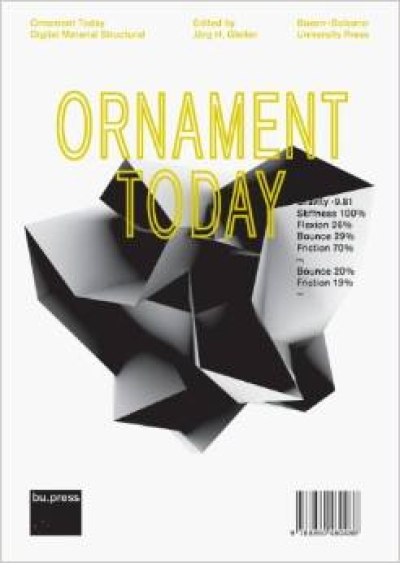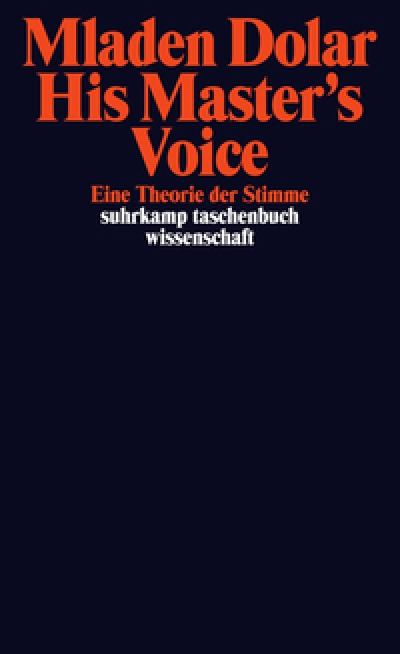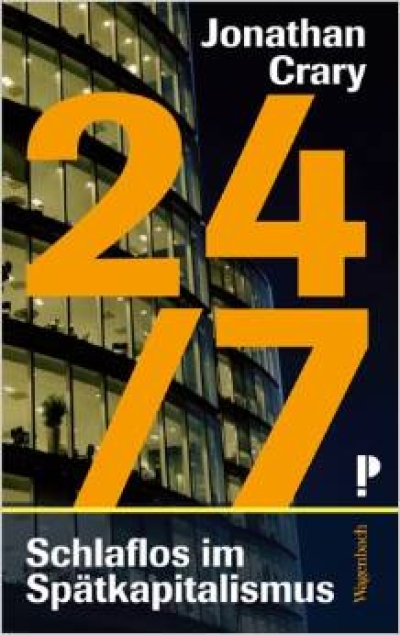
Strictly Private
Die Arbeit der österreichischen Künstlerin Heidrun Holzfeind hat in den letzten Jahren verstärkt Aufmerksamkeit auf sich gezogen. Auf der Grundlage theoretischer Überlegungen zu Architektur als sozialem Raum und zur Widerspiegelung von Machtverhältnissen in urbanen Systemen hinterfragt Holzfeind die utopischen Versprechen modernistischer Wohnbauten. Sie verbindet dieses Interesse für Architektur und Städtebau eng mit der Frage nach individuellen Lebensentwürfen und hat so zu einem höchst eigenständigen und unverwechselbaren OEuvre gefunden.
„Meine Arbeiten sind Porträts einfacher Menschen in einem Abschnitt ihres Lebens, in dem sie über ihre Errungenschaften, Ziele, Hoffnungen und ihren Platz in der Gesellschaft nachdenken“, schreibt die Künstlerin über ihren kritischen Blick auf gesellschaftliche Strukturen. Souverän lotet sie in ihren Werken Grenzen zwischen Geschichte und Identität, persönlichen Schicksalen und politischen Narrativen der Gegenwart, zwischen Realität und Fiktion aus.
So porträtiert sie etwa in der Videoarbeit Colonnade Park (2011) die modernistischen Wohngebäude Mies van der Rohes in Newark über Gespräche mit deren Bewohnern. Die drei zwischen 1954 und 1960 errichteten Glas- und Stahltürme stehen für den Beginn der urbanen Erneuerung Newarks. Die Interviews mit den Bewohnern über ihr Leben in diesen klassischen modernistischen Gebäuden werden mit Ansichten der Wohnungen und Aussichten aus den Fenstern konfrontiert.
In CU (Mexico City, August 2006) und Mexico 68 aus dem Jahr 2007, einer Diainstallation und Videointerviews über die Ciudad Universitaria in Mexico City, den wichtigsten Campus der Universidad Nacional Autónoma de México, stellt Holzfeind Architekturaufnahmen Videointerviews mit Aktivistinnen und Aktivisten der Studentenbewegung von 1968 gegenüber, die eine ganze Generation geprägt hat. Mit diesen Arbeiten hat Heidrun Holzfeind wesentlich zur Neuformulierung von Fragen des Dokumentarischen beigetragen und die Verwendung von Fotografie und Video zwischen Kunst und sozialer Praxis neu definiert.
Im Mittelpunkt der Ausstellung im BAWAG Contemporary wird eine neue Werkgruppe stehen, die sich mit dem österreichischen Architekten Ernst Schwadron (Wien 1896 – 1979 New York) auseinandersetzt. Ernst Schwadron war der älteste Sohn des Mitbegründers der Bau- und Keramikfirma Brüder Schwadron, in deren früherem Schauraum sich heute die Ausstellungsräume des BAWAG Contemporary befinden. Im Penthouse des gleichen Gebäudes am Franz-Josefs-Kai 3 lag die Wohnung des Architekten, der 1938 nach New York emigrieren musste und in den späten 1940er-Jahren in der Nähe der Stadt sein eigenes Haus errichtete. In ihrer neuen Werkgruppe geht Heidrun Holzfeind vor allem verschiedenen räumlichen und zeitlichen Bezügen nach.
The group of works focuses on the Viennese architect Ernst Schwadron (Vienna 1896 - New York 1979). He was the eldest son of the cofounder of Brüder Schwadron, a ceramics and tile company, whose early showrooms are now BAWAG Contemporary's exhibition spaces. (An original tiled ceiling remains today.) Five floors above the gallery rooms, in the same building on Franz Josefs Kai 3, used to be Ernst Schwadron's own penthouse apartment.
Ernst Schwadron worked as an architect and interior designer in the late 1920's and 1930's in Vienna, mostly for a wealthy Jewish clientele. In 1938 he fled the Nazis and emigrated to New York where he ran his own design business, Ernst Schwadron Inc., on Madison Avenue for 30 years. In the late 1940's he built a house for himself in upstate New York which he called "Dream Lake". He died in New York in 1979 at the age of 82, pretty much forgotten in the architectural world.
The works interweave different places and points in time between 1930 and today, fathom the boundaries between history and identity, personal fate and today’s political narratives, reality and fiction. The interior of the gallery becomes a container for various photographs and artifacts that quote interiors of Schwadron.
Interiors are the focus of this new work, which picks up the trail of the Austrian architect Ernst Schwadron who was forced to emigrate to the United States in 1938. Presenting photographs of various interiors of homes he designed in Vienna and New York, Holzfeind documents a history full of gaps and question marks and, casting a glance at Schwadron’s personal taste and significant traits, sketches a social portrait of one of the forgotten protagonists of Viennese modernism. (Christine Kintisch)
